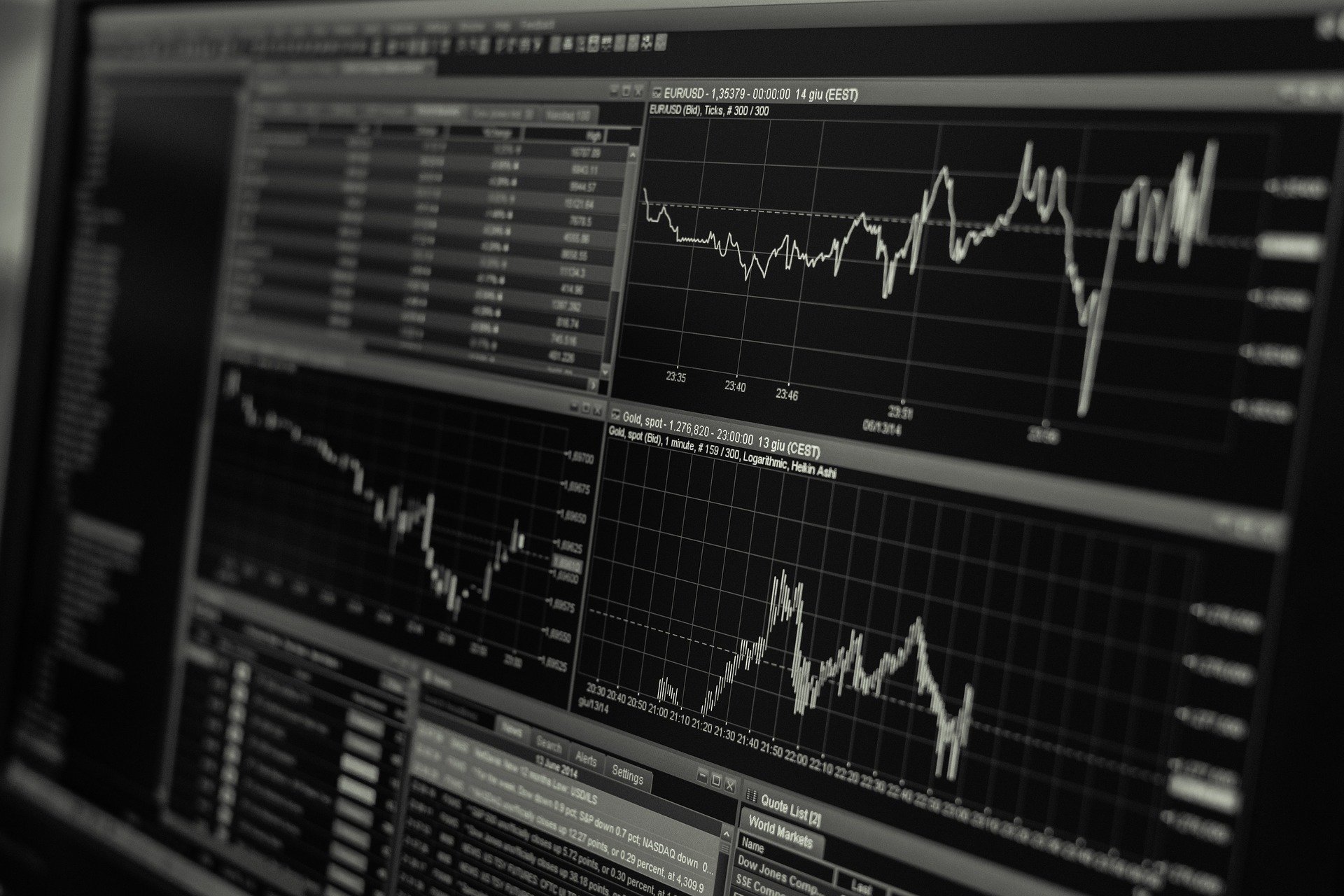Practice makes perfect. That is certainly the
case in the exciting world of forex trading.
Most newbies to forex will have to go through a
period of education and learning to gain the fundamentals of how to trade, what
to trade and – arguably most important of all – when to trade.
That will take you from being a trading
newcomer to the position of a novice or amateur. So how do you move on from
there to become a pro trader – one who makes a consistent secondary income from
their trading, with designs on it becoming their primary way of making money in
the future?
Here is one thing that DOES NOT separate a professional
from an amateur: technology.
Some people think that when you have a pro
set-up, with multiple screens, the leading software and an array of technical
indicators, that you suddenly become a professional.
But here’s the thing – you can have a pro
set-up with an amateur mindset, and ultimately that will not take you to where
you want to go with your trading.
Instead, focus on the five pointers listed
below. Master them, and your journey from pup to pro will be a whole lot
quicker and smoother!
#1 – Be professional
Sounds simple, right? If you want to be a
professional, you have to think like a pro and act like one.
One area where amateur traders tend to fall
short is with their mindset. Are you trading as you see it as some kind of ‘get
rich quick’ option? Trust us when we say if money is your only motivation, you
are 99% likely to fail as a trader. You will chase losses, shovel more and more
money into your account and, ultimately, lose the drive required to be
successful in the long-term.
Professional trading is difficult and requires
plenty of effort, research and – in the vast majority of cases – some kind of
learning process. Even pros make mistakes when the market moves against them!
At the very least, pro traders invest in
quality software – asking questions like is OCTAFX a good bet? – and don’t try to cut
corners. They take the time to research their chosen Forex targets every day,
and they rid themselves of distractions – phones, iPads, and social media.
YouTube and the like need to be put on the backburner.
Think like a pro to become a professional.
#2 – Plan your every move
Amateurs dive into the markets with both feet
when they think they have spotted an opportunity, with no real plan on what to
do if prices move against them.
The professional, meanwhile, caters for every
eventuality before they open a position. They know when to green up and exit a
winning position, and they will have contingencies in place when an unforeseen
change undoes their technical analysis.
Patience and planning help to minimise the risk
of amateurish decision-making.
#3 – Get the pro mindset
Charging into a trade after experiencing the
highs of a ‘winning’ run, or in chasing losses after a previous trade goes
wrong, are classic novice tropes.
Professional traders
act without emotion
– executing a trade only when the numbers and visuals stack up correctly.
Novices only have a small sample of trades to
reflect upon, and that can lead to feelings of invincibility when your ‘career’
starts well – you’ve found an edge, right?
Well, come back after a thousand trades and
let’s see.
As far as you are concerned, streaks don’t
exist – and all of your trading decisions are taken with a pro mindset when the
indicators are there.
#4 – Understand risk and reward
Most newcomers to trading will be risk-averse in the
early stages,
and that is understandable as you are learning your craft and looking to
protect your investment capital.
Professional traders, however, don’t consider
the numbers of a trade – they will open and close a position as their analysis
dictates, not thinking about how much cash they might ‘win’ or ‘lose.’
You can see the difference between a pro and an
amateur in the use of stop losses and other automated tools. Professionals realise
they are essential – amateurs let their emotions take over and refuse to use
their software correctly.
#5 – Reflect and analyse
A trade is a trade – some you will close in
profit, others you will have to take a loss on the chin.
The critical point is that one trade should not
affect the next – all of your positions should be taken independent of one
another. You have to fight the desire to be more risk-averse after a loss, or
gung ho after a profit-maker.
That is perhaps the key differentiator that
sets professional traders apart: they make a trade, analyse it and note what
they could have done differently, and then move on to the next.
If you consider yourself an amateur but want to
improve your trading, we heartily recommend keeping a notebook of your trades –
what did you do well and what could have been improved?
By following this, and our other steps, you can
make the leap to professional trading in the future.



 Bitcoin
Bitcoin  Ethereum
Ethereum  Tether
Tether  XRP
XRP  Solana
Solana  USDC
USDC  Cardano
Cardano  TRON
TRON  Lido Staked Ether
Lido Staked Ether  Avalanche
Avalanche  Toncoin
Toncoin